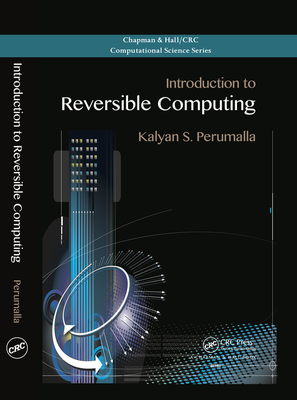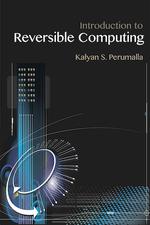Introduction to Reversible Computing
ISBN 978-1439873403, 1st Edition |
Chapman and Hall/CRC |
Taylor&Francis |
Amazon
One of the first books on the topic, it contains a compendium of both classical and recently developed results on reversible computing.
About

This seminal book on reversible computing collects scattered knowledge into one coherent account. It offers an expanded view of the field that includes the traditional energy-motivated hardware viewpoint as well as the emerging application-motivated software approach. It explores up-and-coming theories, techniques, and tools for the application of reversible computing. The topics covered span several areas of computer science, including high-performance computing, parallel/distributed systems, computational theory, compilers, power-aware computing, and supercomputing.
Key Features
- Emphasizes the software, programming, application, and usage aspects of reversible computing
- Helps readers easily understand complex theoretical and seminal results at a level suitable for senior undergraduate or graduate students
- Illustrates the development of reversible code generation using actual code segments in the C language
- Provides pseudocodes of several algorithms for memory-less or memory- efficient reversibility, including reversible random number generation and reversible numerical computation
- Includes a comprehensive bibliography and resources for further reading
Selected Contents
- INTRODUCTION: Scope. Application Areas. The Reversible Computing Spectrum.
- THEORY: Systems and Principles. Reversibility-Related Paradoxes. Theoretical Computing Models. Relaxing Forward-Only Execution into Reversible Execution.
- SOFTWARE: Reversible Programming Languages. Adding Reversibility to Irreversible Programs. Reverse C Compiler. Reversal of Linear Codes. Reversible Random Number Generation. Reversible Memory Allocation and Deallocation. Reversible Numerical Computation. Reversing a Sorting Procedure. Implementing Undo-Redo-Do.
- HARDWARE: Reversible Logic Gates. Reversible Instruction Set Architectures.
- SUMMARY: Future Directions.
- REFERENCES: Bibliography. Index.
